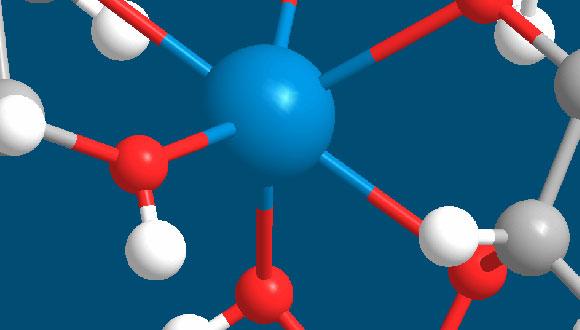סמינר בכימיה אורגנית: Redox-Active 3d-Transition Metal Catalysts for Particular Synthetic Applications
Prof. Doron Pappo, Department of Chemistry, Ben-Gurion University of the Negev
Abstract:
The metal-catalyzed oxidative phenol coupling reaction is a powerful method for preparing biaryl and diaryl-ether compounds from two unfunctionalized arenes. The process includes a key coupling step of highly reactive phenoxyl radical(s) species. Therefore, controlling the regio-, chemo- and stereo-selectivity for designated transformations presents a significant challenge, necessitating the design of redox-active first-row transition metal catalysts with specific, predetermined structural and electronic characteristics. In this presentation, I will describe our group's approach to enabling precise control over selectivity based on a mechanistically driven catalyst design that has led to the development of redox-active iron, manganese, cobalt, and copper each facilitating oxidative coupling reactions with unique selectivity.
FeCl3 is a highly effective and selective multi-coordinated complex that catalyzes various oxidative phenol coupling reactions.1 The first part of the talk will be dedicated to iron complexes with chiral anionic and bis-anionic ligands designed as a chiral version of FeCl3. Notably, [Fe(phosphate)3] has shown proficiency in catalyzing the oxidative coupling of 2-naphthols, affording C1- and C2-symmetric 1,1’-bi-2-naphthols (BINOLs) with high efficiency and enantioselectivity (up to 88% yield and 94:6 er),2 the [Fe((Ra)-BINSate)]+ complex (BINSate = 1,1’-Binaphthalene-2,2’-disulfonate) enabled the atroposelective synthesis of optically enriched 2‑Amino-2′-hydroxy-1,1′-binaphthyls [(Ra)-NOBINs], demonstrating exceptional yields and enantioselective ratios (up to 99% yield and 96:4 er).3
In the second part of the seminar, multicopper(II) clusters capable of catalyzing redox transformations that are beyond the reach of smaller metal catalysts will be introduced. These hydroxo tetracopper(II) clusters, [CuII2(NN)2(μ-OH)2(Y)2]2 (where NN represents a diamine ligand and Y denotes a weak counteranion), excel in promoting the oxidative phenol macrocyclization reaction with exceptional selectivity.4 This unique ability provides a direct pathway to synthesizing biaryl-bridged and diaryl ether-linked macrocyclic peptides, including ring models of vancomycin and the arylomycin cyclic core, directly from their linear precursors.
Selected references:
(1) Shalit, H.; Dyadyuk, A.; Pappo, D. Selective Oxidative Phenol Coupling by Iron Catalysis. J. Org. Chem. 2019, 84 (4), 1677-1686.
(2) Narute, S.; Parnes, R.; Toste, F. D.; Pappo, D. Enantioselective Oxidative Homocoupling and Cross-Coupling of 2-Naphthols Catalyzed by Chiral Iron Phosphate Complexes. J. Am. Chem. Soc. 2016, 138 (50), 16553-16560.
(3) Dyadyuk, A.; Vershinin, V.; Shalit, H.; Shalev, H.; More, N. Y.; Pappo, D. A Chiral Iron Disulfonate Catalyst for the Enantioselective Synthesis of 2-Amino-2′-hydroxy-1,1′-binaphthyls (NOBINs). J. Am. Chem. Soc. 2022, 144 (8), 3676-3684.
(4) Libman, A.; Ben-Lulu, M.; Gaster, E.; Bera, R.; Shames, A. I.; Shaashua, O.; Vershinin, V.; Torubaev, Y.; Pappo, D. Multicopper Clusters Enable Oxidative Phenol Macrocyclization (OxPM) of Peptides. J. Am. Chem. Soc. 2023, 145 (38), 21002-21011.


